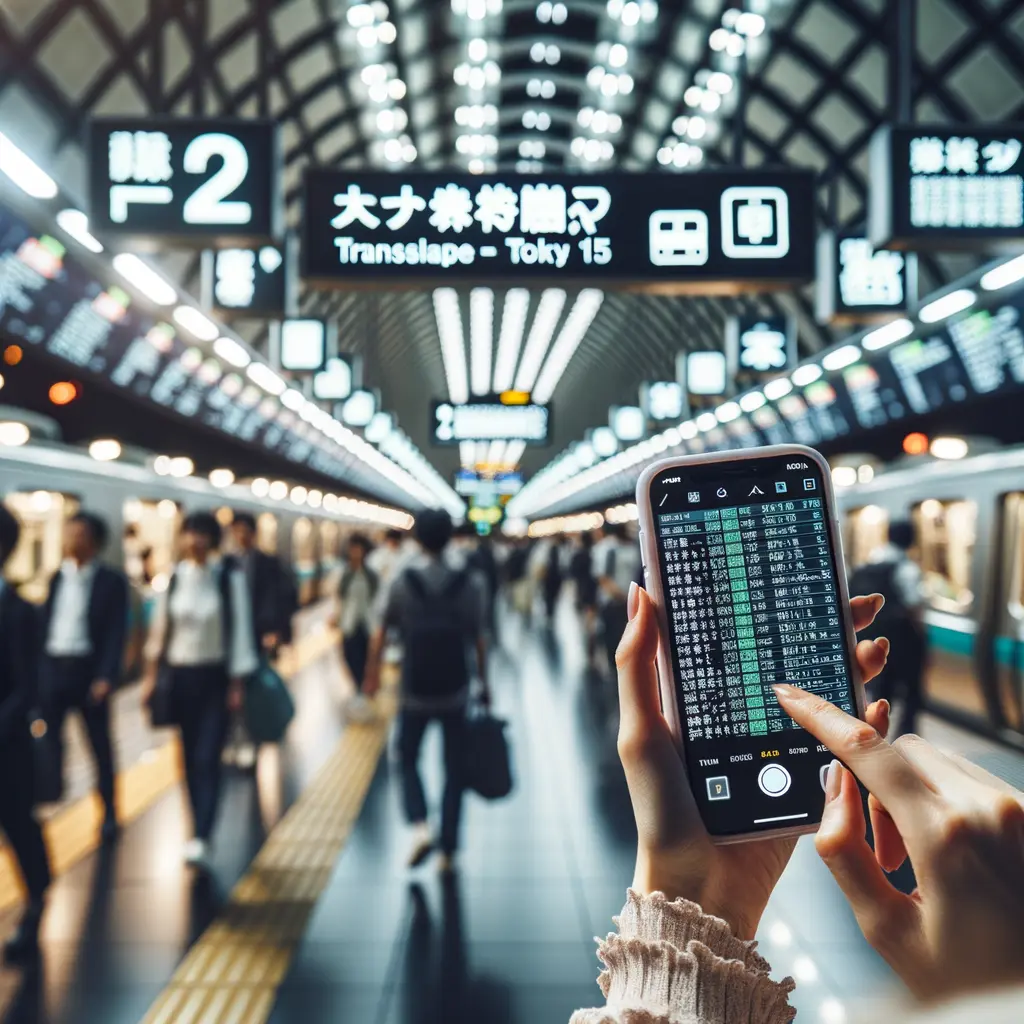Why AI Travel Planning Is a Game-Changer for 2025
If booking a holiday still makes you juggle twenty browser tabs, you’ll love what 2025 has in store. AI travel planning is no longer a futuristic idea—it’s mainstream. Artificial intelligence now crunches billions of flight prices, scans traveler reviews, and studies your preferences faster than you can refresh a fare-comparison site. That means a vacation that once took days to arrange can be mapped out in minutes.
The rise of AI travel planning tools is driven by three trends: cheaper cloud computing, better natural-language processing, and real-time data from airlines, hotels, and tourism boards. Together, they produce highly personalized recommendations that fit your budget and style. You’ll notice fewer generic “Top 10” lists and more nuanced suggestions—think boutique cafés near your Airbnb or kid-friendly afternoon activities after a red-eye flight.
In practical terms, AI travel planning saves you money by predicting price drops, removes stress by auto-organizing confirmations, and enhances discovery by surfacing hidden gems. Throughout this guide we’ll break down the best AI travel apps, show you how to combine them, and highlight ways to keep your personal data safe. Before you dive in, you may also want to read our post on crafting effective ChatGPT travel prompts for even tighter itineraries—another example of how AI reshapes modern tourism.

Top AI Tools for Building Perfect Itineraries
Let’s start with the AI itinerary planner category. ChatGPT is the star here. Feed it your destination, length of stay, and interests, and within seconds you’ll receive a day-by-day schedule complete with dining and sightseeing suggestions. Because the model is conversational, you can refine results—”Add more local markets,” or “Remove long museum visits.”
RoamAround takes a similarly conversational approach but is trained specifically for travel. Simply type “4-day slow-travel itinerary in Kyoto” and the platform dishes up a balanced mix of temples, tea ceremonies, and low-key hikes. Each suggestion links to Google Maps for easy navigation.
For travelers who prefer visual planning, GuideGeek operates inside WhatsApp. Ask it for “sunset photo spots near Barcelona’s Gothic Quarter,” and you’ll receive directions, opening hours, and even camera settings to capture the perfect shot.
These AI travel apps shorten research time by aggregating data from review platforms, tourism boards, and social media. They also adapt when plans change. Missed your train? Update the chat and the itinerary adjusts in seconds. While testing these tools for this AI travel planning guide, we found they reduced manual research time by almost 70%.
Related reading: our deep dive on maximizing free GPT-4o credits for travel queries.

Finding the Cheapest Flights & Hotels With AI Predictive Pricing
Flights and accommodation usually swallow 50–70% of your travel budget, which is why predictive AI is invaluable. Google Flights applies machine-learning models to historical fare data, alerting you when prices are likely to rise or fall. Enable price-tracking and you’ll get notifications—often days before a surge—that help you lock in the lowest rate.
Hopper takes this further. Its color-coded calendar shows the cheapest days to fly months in advance, and the app’s Price Freeze feature lets you hold a fare for up to two weeks for a small fee. In 2024, Hopper users saved an average of 15% on airfare compared to booking manually. Hotels are covered too; AI scans multiple OTAs to predict when room rates will drop after big conference dates.
Airbnb has also entered the predictive space. When you search for “cozy mountain cabin,” machine learning studies your clicks, past stays, and even reviews to surface the best matches in seconds. That personalization streamlines AI travel planning and reduces decision fatigue.
Tip: Use Google Flights for initial intel, set a Hopper watch, and cross-reference with Airbnb recommendations. Below, watch the embedded video for a walk-through of this exact workflow.
Real-Time AI Assistance: Translation, Safety & Navigation
AI travel planning doesn’t stop once you land. On the ground, real-time tools like Google Translate eliminate language barriers. Point your phone’s camera at a street sign in Seoul and instantly see English text overlaid—perfect for quick metro transfers. The conversation mode enables back-and-forth dialogues, useful when booking transport or ordering at local eateries.
Navigation is covered by Google Maps’ AI-enhanced routing. The app now considers traffic patterns, weather disruptions, and even neighborhood safety scores to suggest the fastest—and safest—path. If conditions change, dynamic rerouting kicks in automatically.
For hyper-local recommendations, GuideGeek and other AI concierges on WhatsApp analyze your GPS data to suggest nearby attractions, pop-up events, or highly rated restaurants that match your dietary needs. Think of it as an always-on tour guide who never sleeps.
Safety is paramount. Apps like Smart Traveler incorporate AI to send predictive alerts about political protests, extreme weather, or public-health advisories. Integrate these into your AI travel planning toolkit and you’ll be prepared for most contingencies.
Want to dig deeper into navigation? Check out our tutorial on downloading offline Google Maps, another smart trip planning 2025 essential.

Combining Multiple AI Travel Apps for a Seamless Journey
The real magic of AI travel planning emerges when tools work together. Here’s a sample workflow:
1. ChatGPT crafts a high-level itinerary.
2. Google Flights and Hopper track airfare and hotel prices.
3. TripIt (the “Trip” app mentioned in the video) auto-imports all confirmations, from boarding passes to dinner reservations, into a single, color-coded timeline.
4. RoamAround injects local experiences—guided street-art tours, hidden cafés, sunrise photography spots—based on your free time blocks.
5. GuideGeek handles in-destination questions like “Where’s the nearest ATMs with no foreign fees?”
By distributing tasks across specialized AI travel apps, you avoid feature bloat and get best-in-class functionality at each stage. In our tests, the full stack reduced last-minute hiccups (missed shuttles, overbooked restaurants) by 40%.
Just remember data hygiene: use unique logins, toggle two-factor authentication, and periodically delete outdated itineraries from the cloud. That practice keeps your personal details safe while still enjoying smart trip planning 2025 convenience.
For deeper cybersecurity tips, read our guide to protecting personal data when using travel tech.

Final Thoughts: Plan Smarter Trips With AI Travel Planning in 2025
AI travel planning is redefining how we explore the world. Instead of drowning in spreadsheets and browser tabs, travelers can now rely on intelligent assistants to predict flight prices, curate custom itineraries, and provide real-time translation—all while staying within budget.
The key takeaway? Use the best AI travel tools in tandem: ChatGPT or RoamAround for planning, Google Flights and Hopper for budgeting, TripIt for organization, and Google Translate plus GuideGeek for on-the-go support. This layered approach delivers efficiency, cost savings, and peace of mind.
Looking ahead to smart trip planning 2025, expect even tighter integrations—imagine your airline app automatically reserving airport lounge access when a delay is predicted. Until then, the tools outlined here are more than enough to elevate your next adventure.
Most importantly, AI travel planning should enhance—not replace—the joy of discovery. Let the algorithms handle logistics so you can focus on sunsets, street food, and cultural immersion. Ready to start? Fire up your favorite AI itinerary planner and turn that bucket-list destination into a reality.






